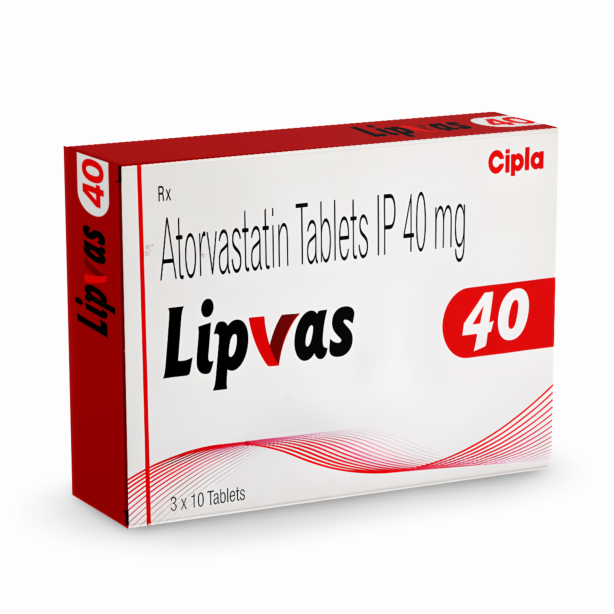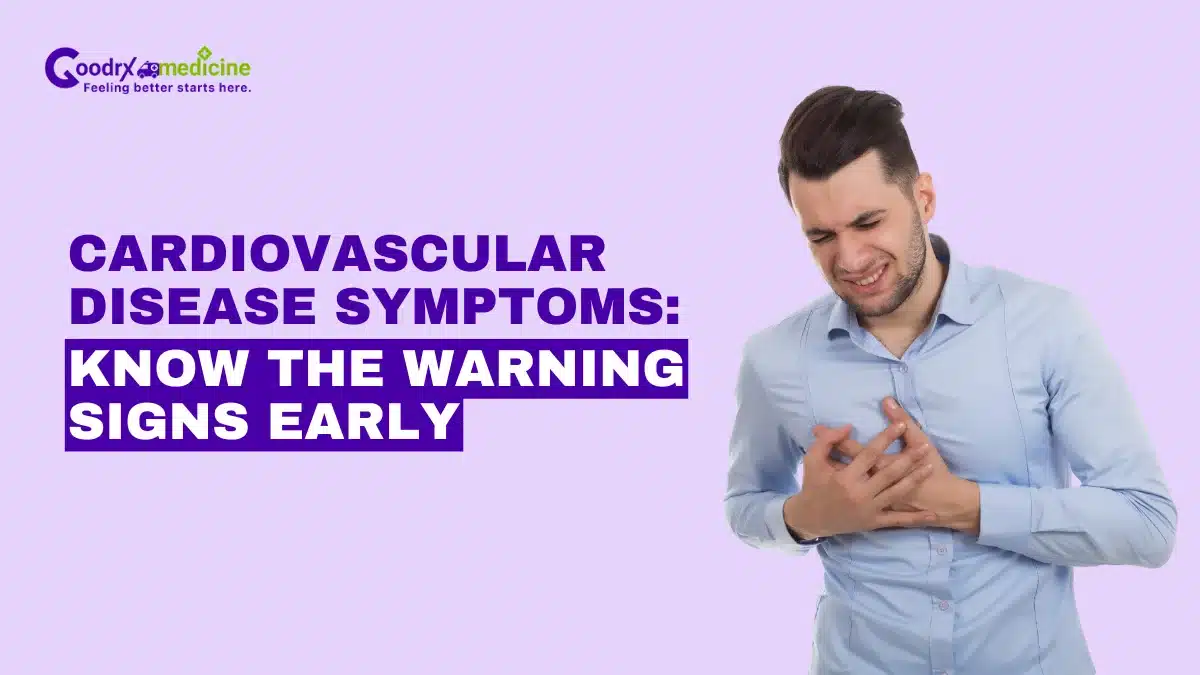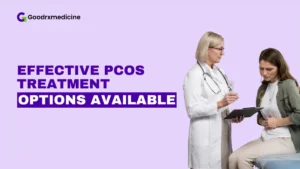Cardiovascular Disease or CVD is a very common cause of death across the globe. It affects the heart and blood vessels, and includes serious conditions like heart attack, stroke, and heart failure.
While these problems may seem sudden, they often begin silently. In many cases, the body shows warning signs before things get worse. Sadly, these signs are either missed, ignored, or mistaken for less serious health issues.
Recognizing the symptoms of Cardiovascular Disease early is not just helpful; it can be life-saving. Early detection and timely treatment can prevent permanent damage to the heart and reduce the risk of death. But for that to happen, people need to understand the symptoms clearly and take them seriously.
In this article, we will discuss the most common Cardiovascular Disease symptoms.
Common Cardiovascular Disease Symptoms
Many people ignore early warning signs of Cardiovascular Disease, thinking they are minor or temporary. But knowing what signs to look for can make a big difference in getting timely treatment.
Here are some early symptoms of Cardiovascular Disease:
Save up to 90% on your medicine bills

Eliquis 2.5 Mg

Crestor 40 Mg

Lipvas 40 mg

Arkamin 100 Mcg
Chest Pain or discomfort
Chest pain is the most known symptom of heart problems. It may feel like a heavy weight pressing down, a tight squeeze, or even a burning sensation. Sometimes, people describe it as a fullness or sharp ache in the middle or left side of the chest. This type of pain usually occurs when the heart muscle lacks oxygen-rich blood.
If chest pain lasts more than a few minutes or comes and goes, it should not be ignored. It could be a sign of a heart attack.
Shortness of breath
If you feel out of breath while walking, climbing stairs, or even while lying down, it may be related to your heart. The heart and lungs work together to supply oxygen to the body. When the heart is weak or damaged, the lungs don’t get enough oxygen, leading to shortness of breath.
Pain in other parts of the body
Heart-related pain doesn’t always stay in the chest. It can spread to other areas like the neck, back, jaw, shoulders, or arms, especially the left arm. Some people may feel the pain moving or feel discomfort without any chest pain at all.
Dizziness or lightheadedness
Feeling faint, weak, or unsteady can be a sign that your heart is not pumping properly. If you suddenly feel dizzy or like you might pass out, it could be due to a drop in blood pressure caused by a heart problem.
Cold sweats
Sweating without any physical activity or heat, especially cold sweat, can be a signal of a heart attack. It usually happens alongside other symptoms like chest discomfort or dizziness.
Irregular heartbeat
An irregular or racing heartbeat, also called palpitations, may feel like your heart is fluttering, skipping a beat, or beating too hard or fast. Occasional palpitations are normal, but if they happen often or with other symptoms, it could signal a heart condition.
Swelling in the legs, ankles, or feet
When the heart doesn’t pump blood as well as it should, fluid can build up in the body. This often causes noticeable swelling in the lower parts of the body, mostly the feet and ankles.
Extreme fatigue
Feeling unusually tired after doing light tasks, or even while resting, can be an early sign of a heart problem. This kind of fatigue is different from normal tiredness; it often stays and does not improve with rest.
Symptoms of Cardiovascular Disease in women
Women often experience different or less obvious symptoms than men. For example, they may feel:
- Nausea or vomiting
- Back or jaw pain
- Shortness of breath without chest pain
- Severe tiredness
- Indigestion-like discomfort
These are sometimes mistaken for other health issues, which is why women should be extra cautious and speak to a doctor if anything feels unusual.
When should you see a doctor?
Don’t wait until symptoms become severe. If you feel chest pain, sudden weakness, breathlessness, or any of the other signs mentioned, it’s important to get medical help right away.
Even if the symptoms seem small or go away on their own, they should still be checked.
Early treatment can lower the risk of heart attacks, strokes, and even death. Never take heart-related symptoms lightly.
Conclusion
Cardiovascular Disease doesn’t always strike without warning. The body often gives clues, some obvious and some subtle. Paying attention to these signs can help you act in time and prevent serious damage.
Remember, chest discomfort, unusual tiredness, shortness of breath, swelling, and irregular heartbeats are not normal and should never be ignored. Understanding the symptoms of heart disease empowers you to take control of your health. If you or someone close to you experiences these signs, don’t delay.
Consult a healthcare provider and get the necessary tests done. Early action can save your heart and your life.

Frequently Asked Questions
What is the most extreme symptom of CVD?
The most extreme symptom of Cardiovascular Disease is a heart attack. It usually starts as intense chest pain or pressure, shortness of breath, cold sweats, and sometimes pain spreading to the arm or back. In some cases, a sudden cardiac arrest can occur. This requires immediate emergency medical attention.
At what age can Cardiovascular Disease start?
Cardiovascular disease can begin developing at a young age, especially if risk factors like obesity, smoking, or high cholesterol are present. While symptoms often appear after age 40, early damage to blood vessels can begin in childhood. Regular screening and healthy habits are important for prevention at any age.
Is cardiovascular disease curable?
No, CVD is not fully curable, but it is manageable. With lifestyle changes, medications, and sometimes surgery, the progress of the disease can be controlled. Early diagnosis and consistent treatment significantly improve your quality of life and reduce the risk of serious complications like heart attack or stroke.
How is CVD diagnosed?
Doctors use several tests to diagnose Cardiovascular Disease, including blood tests, electrocardiograms (ECGs), echocardiograms, stress tests, and angiograms. These tests help identify heart rhythm issues, blockages, or damage. A proper diagnosis guides the right treatment to improve heart health and prevent life-threatening events.
When referencing outside resources, GoodrxMedicine always provides full citations. To learn more about the measures we use to maintain the quality of our content, please review our Content Information Policy.















